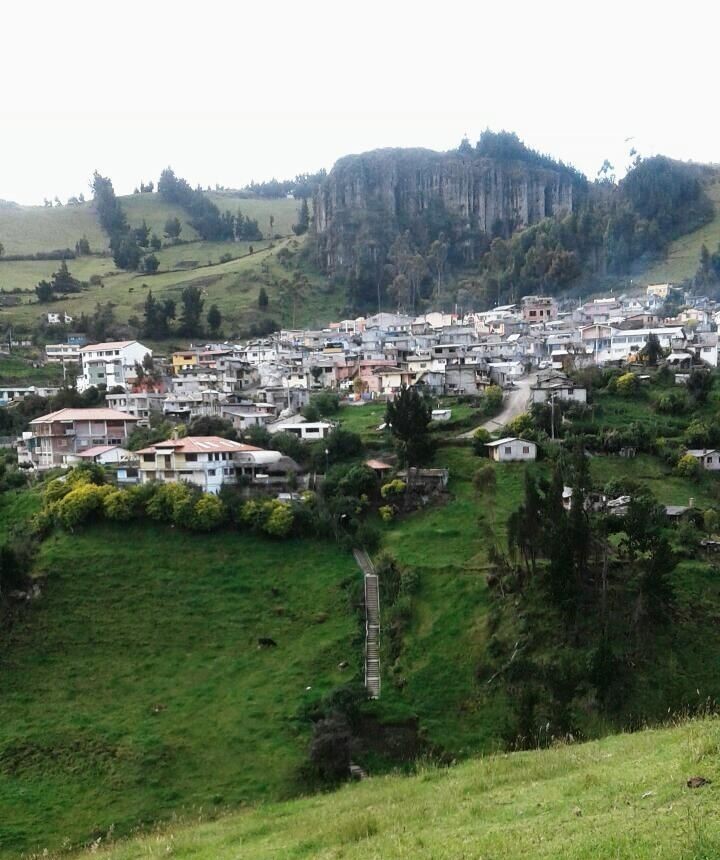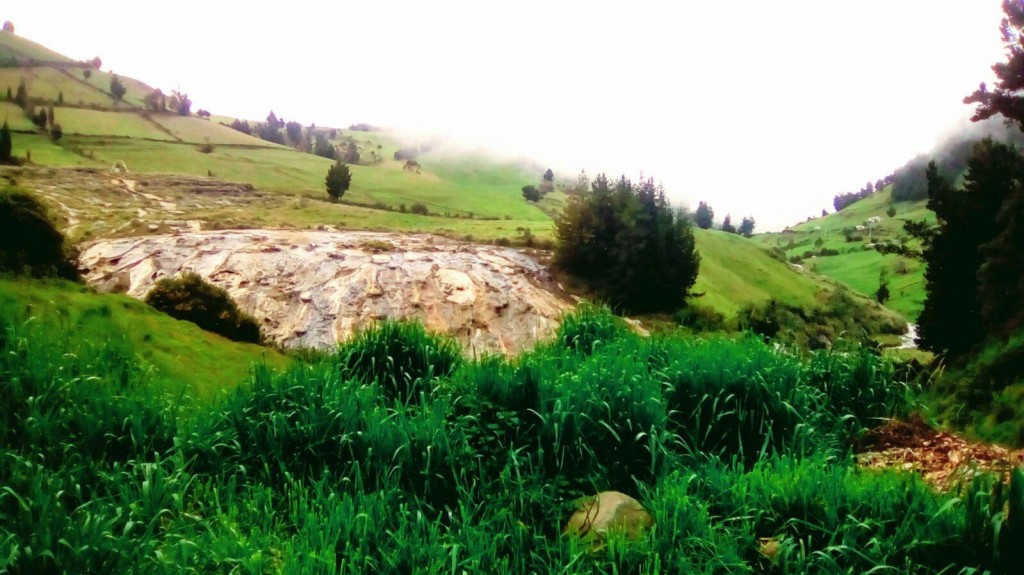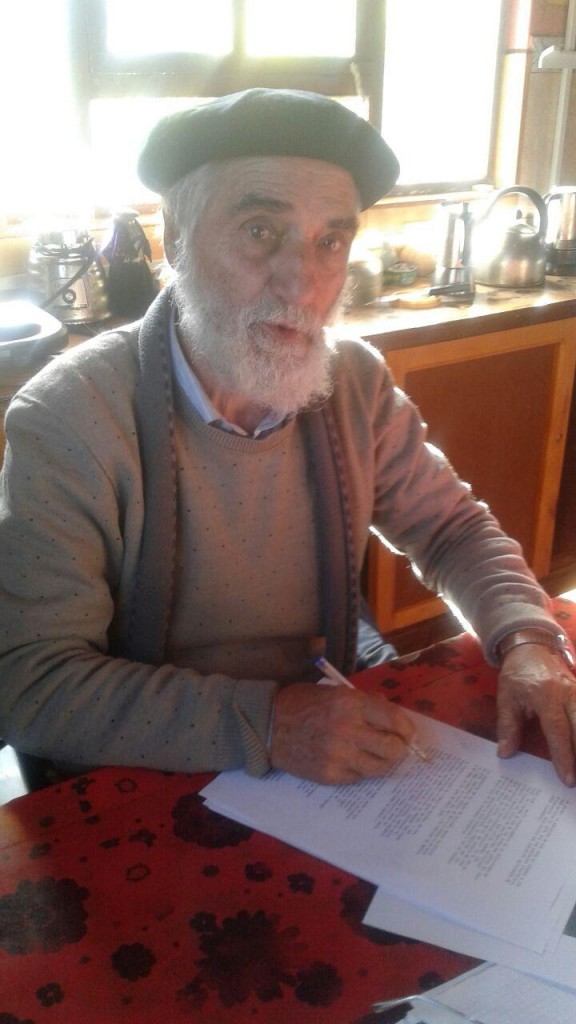Salinas is located north of the province of Bolívar (Sierra Central). It extends between subtropical and wasteland zones. The population of that area didn’t reach 2000 people in 1970, it was an interethnic population.
Currently, there is a population of approximately 10000 citizens.
To Lisa L. North (Researcher at the University of York), it was one of the poorest areas of the country, with very high levels of illiteracy, infant mortality and malnutrition, which also suffered the consequences of an oppressive latifundia. In the year of 1970, of every two children, one died. It lacked all basic service. Up next, a tour of the actions that led this population to be an example of development in the solidarity economy.

The inhabitants of the Salinas region, until the 1970s, lived in mud huts and straw covered roofs (at 3600m above sea level) and in wooden or cane houses in the Chazojuan area.
The main source of work in Salinas, at that time, was in the salt mines.

In 1970, at the request of Mons. Cándido Rada, who at that time was the bishop of Guaranda, the Salesian father Antonio Polo, with some Italian missionaries, arrived at the Salinas parish, and when they saw the poverty of the sector they decided together with their team that “something must be done” so that people have work and can overcome poverty. This decision led to the search for productive agricultural activities, through a team of volunteers and involving the community.

Little by little, were developed not only activities of transformation of natural products and those coming from crops, but also, with a joint effort, the way of life was improved: houses, basic services and efforts were extended to the schooling of their children.
The development of Salinas is based on the principles of cooperativism and solidarity economy. Having a human group organized for community production, grant productive credits at low cost, the non-distribution of individual profits, collective collaboration and timely account abilityare the fundamental pillars.
With the implementation of community work practices, Salinas proposes a functioning structure, an associative model based on grassroots organizations and solidarity. This model of social success has been studied in several investigations, including several books related to the solidarity economy and the results that it has brought to the parish of Salinas.
The children of the peasants have studied and are now professors, engineers, accountants, administrators who contribute to the development of the current Gruppo Salinas. The current challenge, entrusted to the new generation, is defined in the entity called CIEPES (CENTRO INTERNACIONAL DE ESTUDIOS Y PROMOCIONES DE ECONOMÍAS SOCIALES).
Salinas, through CIEPES, aspires to collect the fundamental milestones of a community history and to engage in dialogue and interaction with other experiences and aspirations of social economies in the country and in the world.
After almost 50 years of work, and based on the successes and failures, new micro-enterprises, cooperatives and support entities have emerged.
Currently, all these entities are grouped and governed by the legal concept (created in 2006) of Gruppo Salinas. For administrative and productive purposes, in turn, it is divided into the following instances:
Funorsal: As coordination instance of the different communities of the parish of Salinas.
Salesian Family Foundation: Responsible for evangelization, education for children with disabilities, care for the elderly, and environmental health.
Youth group Foundation: Provides support to youth groups and promotes community tourism and nature care.
Salinas Savings and Credit Cooperative: Its mission is to strengthen popular and solidarity finances.
Agricultural Production Cooperative El Salinerito:
It covers the production of dairy products.
Texsal Women’s Craft Center: It governs the making of wool crafts and the promotion of women’s work.
All these organizations in order to meet their objectives, in addition to the national marketing unit, work in harmony with the different microenterprises that in some way help to manage.
Currently, about 150 different products are produced and marketed (for local and international consumption). In Ecuador you can find the brand ‘Salinerito’ in the cities of Quito, Ambato, Cotacachi, Cuenca, Guaranda, Guayaquil, Otavalo, and Santo Domingo of the Tsáchilas.
Regarding to exportations, the destinations are:
Italy, Japan, the United States, Germany, Switzerland, among others.
Its production lines are distributed in the following areas:
Dairy: Different types of cheese are produced, for this process 6700 liters of milk per day, the capacity is about 10,000 liters per day. At the beginning, they processed 50 liters. There are 70 ‘El Salinerito’ cheese makers throughout the country of Ecuador. Meat: Sausages obtained from different types of livestock.
Confectionery: Nougats, chocolates, bonbons and preserves. Six tons of chocolate are produced monthly.
Dehydrated goods: gourmet quality dried mushrooms and herbal tea.
Aromas: Essential oils, creams and hair soaps
100% natural
Textiles: Accessories, bags, ponchos, sweaters and wool tapestries.
Tourism is also part of the portfolio of products offered by the parish of Salinas, with several places of interest for visitors: community businesses, salt mines, rocky outcrops, among others.
External links:
http://www.salinerito.com
http://www.revistalideres.ec/lideres/salinerito-ejemplo-e conomia-solidaria.html.
